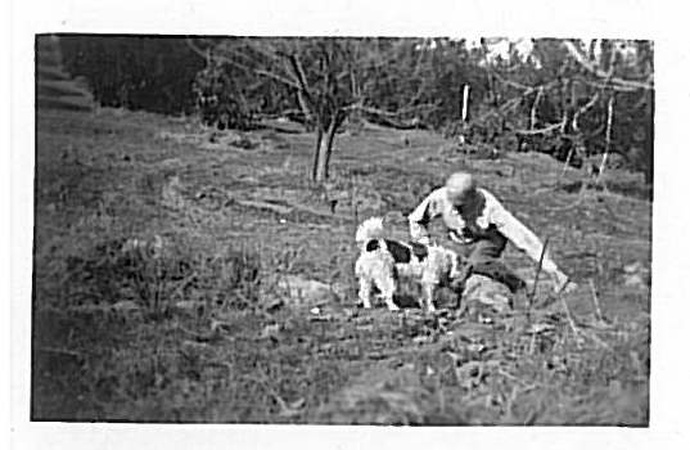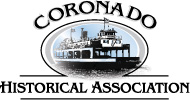The Census Reveals
by Kimball Worcester, CHA Volunteer
We currently live in a decennial, one of the ten-year milestones the U.S. has greeted since the first census in 1790. One may wonder the value of such counting. The original demographics provided for electoral representation in a nascent country. Over time the census has proven useful in charting economics, public health (e.g. the 1910 census asks whether a person is blind, in one or both eyes), and distributing funding to the states. For the historian in specific the census can provide substantive information both on what one is researching and on what one encounters ad hoc.
Of course, the Internet makes this research appear deceptively easy. Even with that resource, however, there are pitfalls and traps in the census that can baffle research for the tiniest reasons. Handwriting, say, or spelling. The early censes were handwritten by the census taker (the handwriting is consistent on a given page), so the margin for scribal error is large. For example, while looking for the address of a house built by Harold A. Taylor in 1909 on the 500 block of A Ave., the Internet search came up with no Harold A. Taylor in the 1910 census, odd and definitely incorrect. There had to be some record of this dwelling (barring a catastrophe) in the 1910 census. The ultimately successful approach was to look through all the pages of that census, all handwritten, till finding the section for that block of A Ave. There, at 521 A Ave. was Harold H Taylor, not Harold A Taylor. The census taker had written down what she (Grace Mellon) thought she heard. The other information about Taylor proves that this is indeed the correct Harold: wife (Maud[e]), occupation (photographer), country of origin (Eng.)

A search for another Coronado family ended up with something unexpected and happily welcome. For years this family had wondered where and exactly when the great-grandmother had come from Ireland before arriving in Coronado in the 1890s. Even a trip to Cobh, Ireland, the embarkation point, proved futile in the search for details. The 1910 census, with its details on residents’ origins, showed that she had come in 1895, from Inch, Ireland—some heady information just waiting quietly in two census columns. In addition, this entry also shows the kind of scribal error that stymied the A Ave. search for Harold A. Taylor—an incorrect first name for the head of household. The address was correct, as were some of the names of the family members. The imagination does wonder how the census taker turned “Herbert” (actual first name) into “Henry.”
The historian never expects to come by information easily or fast. It may happen, but to count on it just scrambles the process. Being open to anything from anywhere and being able to assess it, perhaps file it away for later when things focus, is the challenge to patience that we must address. Parallel planes in theory aren’t supposed to intersect, according to geometry, but in the human mind they sometimes do when confronting the fallibility of recorded history and then uncovering the muddied truth.
Photo at top: Harold Taylor plays with is dog on his El Cajon property. Date Unknown. Coronado Historical Assocation Collections.

